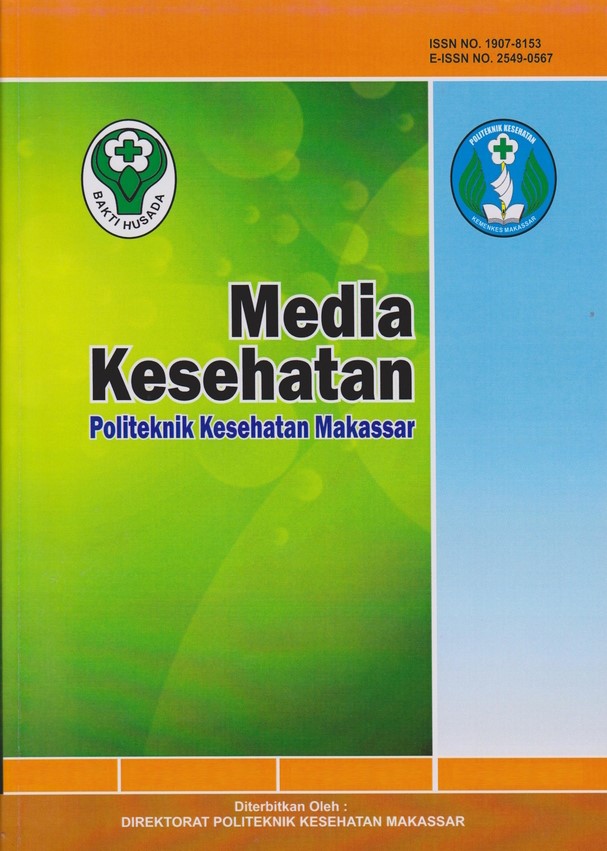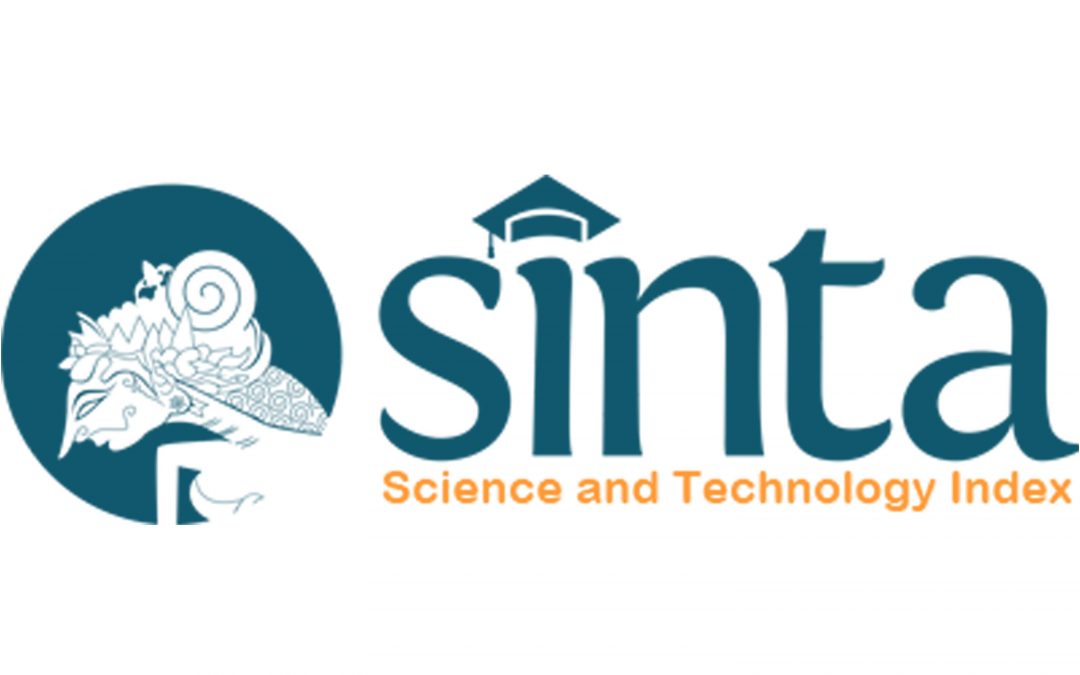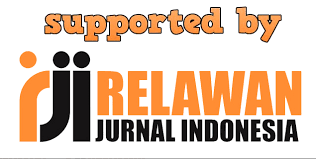EVALUATION OF HIV/AIDS SURVEILLANCE SYSTEM IN BOGOR CITY
DOI:
https://doi.org/10.32382/medkes.v18i2.252Abstract
HIV/AIDS is currently still a major global public health challenge, including in Indonesia, especially in the city of Bogor. Surveillance is very important as an early warning of potential threats to public health and monitoring functions for specific disease programs. HIV data in Bogor City illustrates efforts to achieve HIV AIDS elimination which has been agreed at the global level that in 2030 it could reach 95-95-95 for treatment, where 95% of PLWHA know the status, 95% of PLWHA who know the status get treatment, and 95 % of people living with HIV who were treated for virus suppression is still far from the expected target. This study aims to obtain an overview of the implementation of the HIV surveillance system in Bogor City in 2021.The study design in this research is descriptive observational to describe the surveillance system based on the components and attributes of the surveillance system. Data collection was carried out by interviewing HIV program managers at puskesmas, hospitals, and the Bogor City health office using a structured questionnaire. Data analysis was carried out descriptively and the results were compared with achievement of HIV surveillance indicators. The results of the analysis are presented in the form of tables, graphs, pictures and narratives.The evaluation showed that the main functional components, supporting functions, and attributes of the HIV surveillance system in Bogor City were not optimal so that the indicators for PLHIV receiving ARV treatment (27.7%) and HIV suppression (57.3%) were not achieved. ) which is an effort to accelerate the fast track towards ending the AIDS epidemic in 2030.he HIV surveillance system is not yet optimal due to limited resource capabilities including the provision of services capable of testing and treatment as well as the competence of officers, for this reason it is necessary to strive for all hospitals and health centers in Bogor City to become services capable of standard HIV testing and treatment so as to expand community access to services screening, diagnostics and treatment, the need to increase the capacity of officers in providing quality services and supported by strengthening cross-sectoral commitment and program management.
Keywords: Bogor City,HIV, Surveillance System
References
Ade Heryana, 2015. Surveilans Epidemiologi Penyakit Menular. Universitas Esa Unggul; Jakarta
CDC, 2001.Updated Guidelines for Evaluating Public Health Surveillance Systems.
CDC. 2013. Participant Workbook: Evaluating an NCD related Surveilans System. Atlanta: Centers for Disease Control and Prevention.
CDC. 2013, Overview of Evaluating Surveillance Systems. Centers for Disease Control and Prevention, Atlanta, GA.
Dinas Kesehatan Kota Bogor. (2021). Annalisis Cascade HIV Tahun 2021.
Kementerian Kesehatan Republik Indonesia (2014) Peraturan Menteri kesehatan Republik Indonesia Nomor 45 tahun 2014 Tentang Penyelenggaraan Surveilans Kesehatan. Jakarta.
Kementerian Kesehatan Republik Indonesia (2020a) Rencana Aksi Nasional Pencegahan dan Pengendalian HIV AIDS dan PIMS di Indonesia Tahun 2020-2024. Jakarta.
Kementerian Kesehatan Republik Indonesia (2020b) Estimasi dan Proyeksi HIV AID di Indonesia Tahun 2019-2024. Jakarta.
Kementerian Kesehatan Republik Indonesia (2020b) Estimasi dan Proyeksi HIV AIDS di Indonesia tahun 2019-2024. Jakarta.
Kementerian Kesehatan Republik Indonesia (2020b) Estimasi dan Proyeksi HIV AIDS di Indonesia tahun 2019-2024. Jakarta.
Kementerian Kesehatan Republik Indonesia. (2021a). Profil Kesehatan Indonesia 2020.
Kementerian Kesehatan Republik Indonesia. (2021b). Laporan Kinerja Bidang P2P.
Kementerian Kesehatan Republik Indonesia. (2021c). Pedoman Penanggulangan HIV, AIDS, dan IMS.
Rugg D, Carael M, Boerma J and Novak J (2004). Global advances in monitoring and evaluation of HIV/AIDS: From AIDS case reporting to programme improvement. In: Rugg D, Peersman G and Carael M (Eds.). Global advances in HIV/AIDS monitoring and evaluation. New Directions for Evaluation 103, pp.33-48.
UNAIDS (2000). National AIDS Programmes: A guide to indicators for monitoring and evaluation. UNAIDS, Geneva.
UNAIDS (2004). Coordination of national responses to HIV/AIDS. Guiding principles for national authorities and their partners. UNAIDS, Geneva
UNAIDS (2007). Monitoring the declaration of commitment on HIV/AIDS. Guidelines on construction of core indicators. UNAIDS, Geneva.
WHO (2004) Guide to monitoring and evaluating national HIV/AIDS prevention programmes for young people. WHO, Geneva.
WHO (2006a) ‘Communicable disease surveillance and response systems. A gude to Planning’, World Health, p. 33.
WHO (2006b) Communicable Disease Surveillance and Response Systems Guide, WHO. doi: 10.1176/appi.ajp.2017.1750804.
Downloads
Published
How to Cite
Issue
Section
PDF (Bahasa Indonesia) downloaded: 1777















